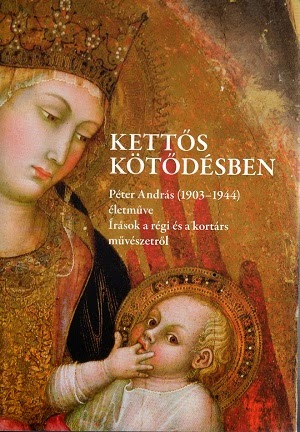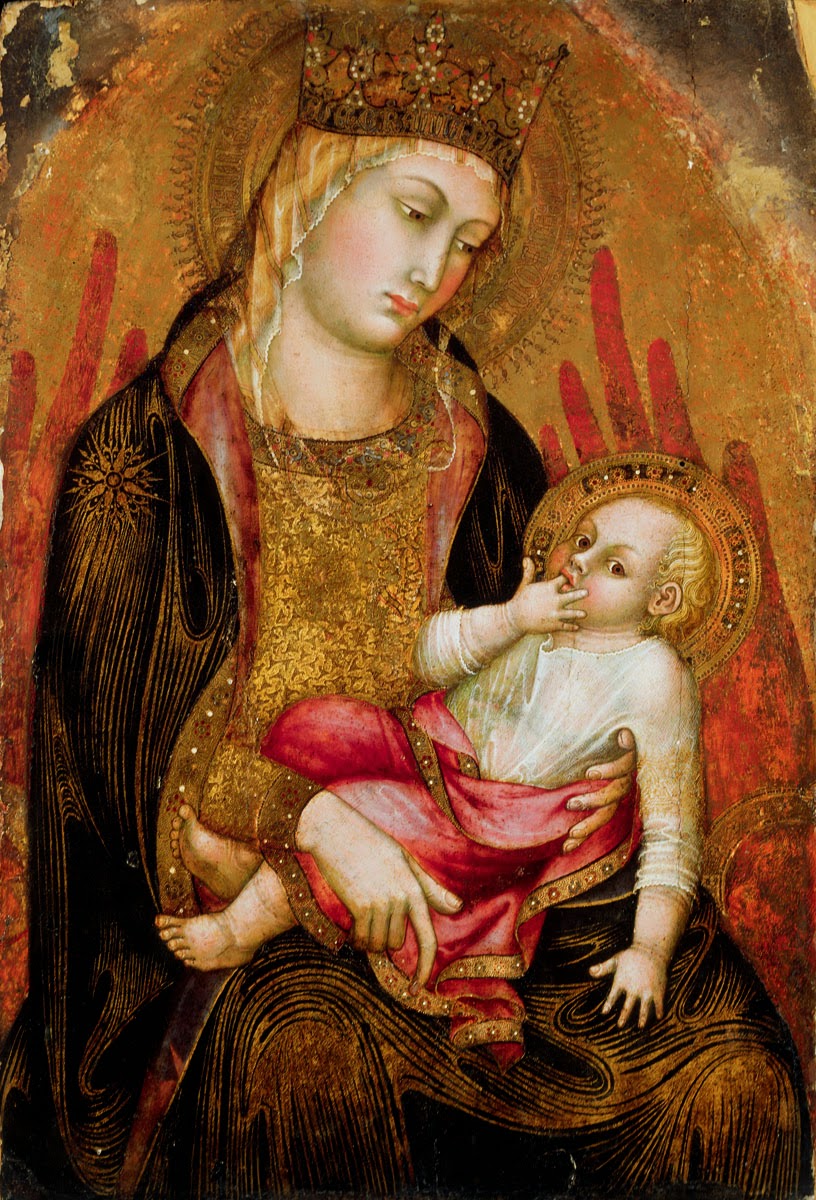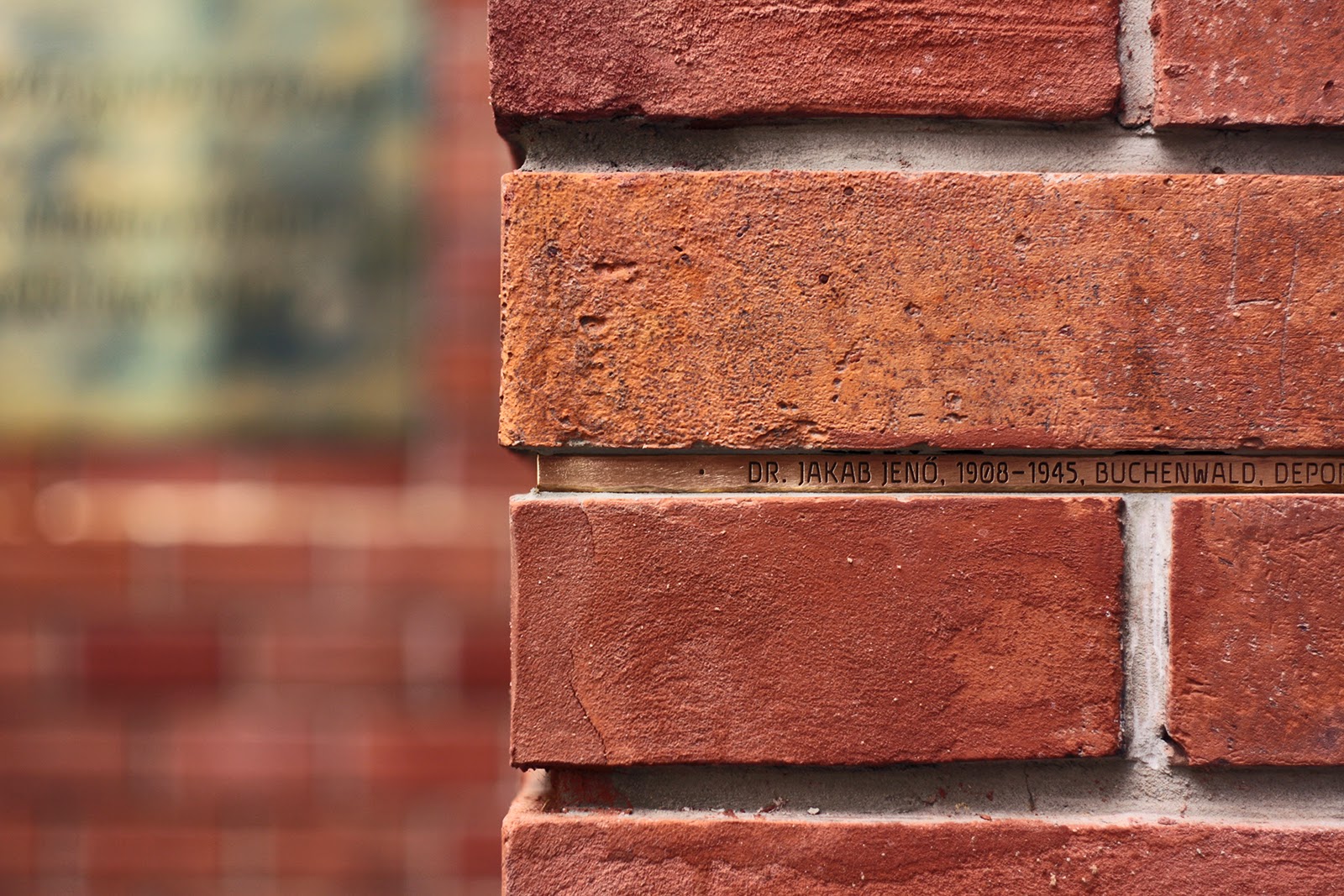Medieval History

Bibliographical data:
Prokopp, Mária - Tóth, Károly, eds.: Kett?s köt?désben. Péter András (1903-1944) életm?ve: Írások a régi és a kortárs m?vészetr?l (Double bond. The works of András Péter (1903-1944): Writings on old and contemporary art). Budapest, Péter András Alapítvány, 2014. 540 pp. + plates.

- In Memoriam Miklós Mojzer
Miklós Mojzer in 2006 Miklós Mojzer, the former director of the Museum of Fine Arts, passed away last weekend in the 83rd year of life (1931-2014).Miklós Mojzer was an outstanding scholar of medieval and Baroque art. Born in 1931, he had studied...
- New Books On Hungarian Medieval Art
As this blog is aimed for an international audience, I generally only write reviews of books published in English or other western languages. However, in this post I would like to call attention to a few books published mostly in Hungarian...
- In Memoriam Miklós Boskovits
Miklós Boskovits in 2005 I learned with sadness of the passing of Miklós Boskovits, perhaps the most eminent art historian of Hungarian origin. The sad news was announced by Villa I Tatti in Florence, where Boskovits had been a fellow back in the...
- First Publications On The Murals Of The Parish Church Of Pest
The 14th century fresco of the Virgin of Child, discovered last year in the sanctuary of the Inner City Parish Church of Pest (in downtown Budapest) created quite a stir. I suppose it always creates some stir when a a fresco appears older than the wall...
- New Books On Medieval Archaeology
Given the tumultuous history of Hungary, archaeology plays a major role in interpreting the medieval heritage of the Kingdom (see my previous post on this). Excavations in this field yielded spectacular results, much of which is now summarized...
Medieval History
Collected studies of András Péter published

Last December marked the 70th anniversary of the death of art historian András Péter. He was a noted scholar of Italian Trecento painting, as well as of Hungarian medieval art. Born in 1903, he studied in Budapest and defended his doctorate in 1925. The subject of his dissertation was the representation of Hungarian holy kings in medieval art. Later he published a series of important articles on key figures of Italian Trecento painting, especially on Sienese masters such as the Lorenzetti brothers and Simone Martini. Material for these studies was collected during his research trips to Italy, most notably through a grant at the Hungarian Historical Institute in Rome (1926-27). In 1930, he published a ground-breaking survey of the history of Hungarian art. In 1935, he became a tutor at the art history department of Tibor Gerevich at Budapest University (named after Péter Pázmány at the time, and now known as Eötvös Loránd University).
His monograph on Italian Trecento painting, however, remained unfinished, and was published posthumously in 1983. Now a new volume has appeared, which contains the collected studies of András Péter. Edited by Mária Prokopp and Károly Tóth, the book republishes his writings in chronological order, starting with his dissertation, which was previously only available in manuscript form. Several of these studies were published in international journals, and are considered important contributions to this day.
Below are some of his studies which can be consulted online:
Pietro és Ambrogio Lorenzetti egy elpusztult freskó-ciklusa = Ein verlorener Freskenzyklus der Brüder Lorenzetti. In: Az Országos Magyar Szépm?vészeti Múzeum Évkönyvei = Jahrbücher des Museums der Bildenden Künste in Budapest VI. 1929-1930. (1931). 52-81. 256-260.
Quand Simone Martini est-il venu en Avignon? In: Gazette des Beaux-Arts, 81 (1939), 153-174.
Giotto and Ambrogio Lorenzetti. In: The Burlington Magazine, LXXVI (1940), No. 442. 3-8. (via JSTOR)
His full bibliography can also be consulted online, as compiled by the Library of the Museum of Fine Arts.
 |
| András Péter (1903-1944) |
András Péter's career was cut short by the Holocaust. He stayed in Budapest even during the German occupation of Hungary and during the rule of the Arrow Cross. He was arrested by the Arrow Cross, and killed on December 9th, 1944. Sadly, he was not the only important art historian who fell victim to the Holocaust in Hungary. We should mention first of all his friend, György Gombosi, another noted scholar of Italian early renaissance art, who died in Auschwitz in early 1945. Others include József Bíró, an eminent historian of art in Transylvania, who was shot into the Danube together with his elderly father at the beginning of 1945 (see here his monograph on palaces in Transylvania); and art critic Artúr Elek, who committed suicide after Germany occupied Hungary in 1944. A friend of Ernst Gombrich, József Bodonyi, who had studied with Julius von Schlosser in Vienna and wrote his dissertation on the origin of gold background in Late Antique painting, also died in 1944 after returning to Hungary. A generation of (mostly Jewish) Hungarian art historians had already emigrated from Hungary after 1919 including Johannes Wilde, Frederick Antal, Arnold Hauser and Charles de Tolnay. We should also mention Jen? Lányi, who only spent his childhood in Hungary, as he studied in Vienna and Munich. A scholar of Jacopo della Quercia and Donatello, he finally emigrated to London in 1938, and died as a casualty of a German torpedo attack in 1940 on his way to the US.
Together, this was a huge blow to Hungarian art history - some of its most brilliant minds either dead or working abroad by 1945. Due to historical circumstances, the potential "Budapest school" of art history could not develop after WWI. The work of this group of art historians has most recently been discussed in a study by Paul Stirton (The Vienna School in Hungary: Antal, Wilde and Fülep. Journal of Art Historiography, No. 8. June 2013). The émigré scholars attained great careers and are now known worldwide, while those who perished in the Hungarian Holocaust were somewhat forgotten for decades. Their memory was kept alive by colleagues such as Anna Zádor (1904-1995, herself a Holocaust survivor), and by today, biographies and studies have been published on most of them. However, commemoration and scholarship has only recently acknowledged the importance of this lost generation. At the end of last year, a conference was organized at Eötvös Loránd University, dedicated to Hungarian art historians during the Holocaust, with lectures on Gombosi, Lányi, Elek, and András Péter, among others. The university commemorated victims of World War II with a special memorial and a website. The publication of the collected works of András Péter is a very important step in this process of remembrance.
At the same time, the book is very important in making his research available to a new generation of readers. His studies published abroad are reprinted here in the original version, along with a Hungarian translation. In addition, the book also contains his writings on contemporary art, including book reviews and critical notices of exhibitions. I would like to mention just one more of his studies here: his unfinished monograph on Ambrogio Lorenzetti. This was written in German, and only parts of it were completed - even these were only published in 1980 in Acta Historiae Artium. Knowing this text, as well as his other publications on the Lorenzetti-brothers, it is clear that this monograph would have been a cornerstone of the study of Sienese painting, had it been completed and published. History did not let this happen - but the work of András Péter should not be forgotten.
 |
| Detail of Memorial of WWII victims on the walls of ELTE |
At the same time, the book is very important in making his research available to a new generation of readers. His studies published abroad are reprinted here in the original version, along with a Hungarian translation. In addition, the book also contains his writings on contemporary art, including book reviews and critical notices of exhibitions. I would like to mention just one more of his studies here: his unfinished monograph on Ambrogio Lorenzetti. This was written in German, and only parts of it were completed - even these were only published in 1980 in Acta Historiae Artium. Knowing this text, as well as his other publications on the Lorenzetti-brothers, it is clear that this monograph would have been a cornerstone of the study of Sienese painting, had it been completed and published. History did not let this happen - but the work of András Péter should not be forgotten.
Bibliographical data:
Prokopp, Mária - Tóth, Károly, eds.: Kett?s köt?désben. Péter András (1903-1944) életm?ve: Írások a régi és a kortárs m?vészetr?l (Double bond. The works of András Péter (1903-1944): Writings on old and contemporary art). Budapest, Péter András Alapítvány, 2014. 540 pp. + plates.
Finally, a note about a painting on the cover of the collected studies of András Péter: it is a Virgin and child by Taddeo di Bartolo at the Museum of Fine Arts, Budapest.

- In Memoriam Miklós Mojzer
Miklós Mojzer in 2006 Miklós Mojzer, the former director of the Museum of Fine Arts, passed away last weekend in the 83rd year of life (1931-2014).Miklós Mojzer was an outstanding scholar of medieval and Baroque art. Born in 1931, he had studied...
- New Books On Hungarian Medieval Art
As this blog is aimed for an international audience, I generally only write reviews of books published in English or other western languages. However, in this post I would like to call attention to a few books published mostly in Hungarian...
- In Memoriam Miklós Boskovits
Miklós Boskovits in 2005 I learned with sadness of the passing of Miklós Boskovits, perhaps the most eminent art historian of Hungarian origin. The sad news was announced by Villa I Tatti in Florence, where Boskovits had been a fellow back in the...
- First Publications On The Murals Of The Parish Church Of Pest
The 14th century fresco of the Virgin of Child, discovered last year in the sanctuary of the Inner City Parish Church of Pest (in downtown Budapest) created quite a stir. I suppose it always creates some stir when a a fresco appears older than the wall...
- New Books On Medieval Archaeology
Given the tumultuous history of Hungary, archaeology plays a major role in interpreting the medieval heritage of the Kingdom (see my previous post on this). Excavations in this field yielded spectacular results, much of which is now summarized...
